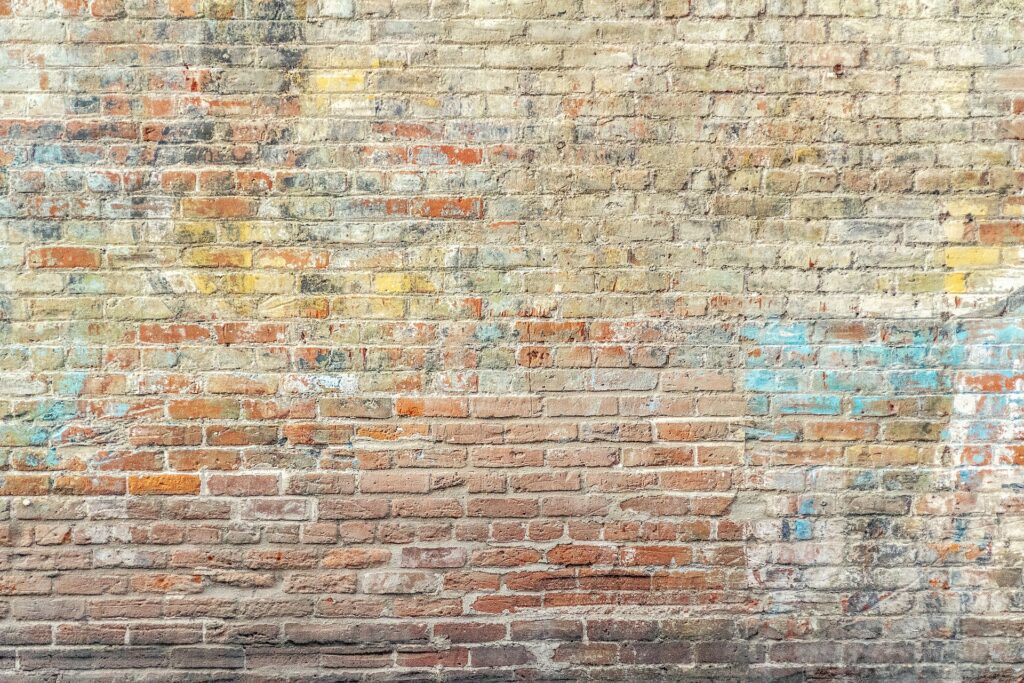
Tips for avoiding mistakes when creating a feature wall
Plan ahead: Before you start, think about the purpose of the feature wall and how it will fit into the overall design of the room. Consider the size, colour, and texture of the wall, as well as the furniture and other decor that will be in the room. What do you want the feature wall to achieve? Do you want to create a focal point, add texture or interest to the room, or define a specific area of the space? Knowing the purpose of the wall will help you choose the right materials and design elements.
Use a focal point: A feature wall should draw the eye and create a focal point in the room. Choose a wall that is visible from the main entrance or seating area and consider using a bold colour or pattern to make it stand out.
Keep it balanced: While a feature wall should be the star of the show, it should also be balanced with the rest of the room. Avoid overwhelming the space by using too much colour or pattern, and consider incorporating other design elements, such as artwork or lighting, to balance out the wall. Consider the location of the feature wall in relation to the other elements in the room. Choose a wall that is visible from the main entrance or seating area and that won’t be blocked by furniture or other decor.
Use the right materials: Choose materials that are suitable for the space and the intended use of the feature wall. For example, if the wall will be in a high-traffic area, choose durable materials that can withstand wear and tear. The colour and pattern of the feature wall should complement the rest of the room and not distract from other elements. Choose a colour or pattern that will enhance the overall design, rather than competing with it.
Consider the lighting: The way a feature wall looks can be affected by the lighting in the room. Consider the direction and intensity of the light and how it will affect the wall’s appearance. You may need to adjust the lighting or choose a different wall or material if the lighting is not suitable.
Materials that you can use for a feature wall:
Paint: This is a popular and cost-effective choice for a feature wall. You can use a bold colour or a patterned wallpaper to create a statement wall.
Wood: Wood can add warmth and texture to a room, and can be used in a variety of ways on a feature wall. You could use wood panels, planks, or even pallets to create a rustic or industrial look.
Stone or brick: Natural materials like stone and brick can create a dramatic and visually striking feature wall. These materials can be used to create a traditional or rustic look, or can be paired with modern elements for a more contemporary feel.
Tile: Tiles can be used to create a feature wall with a lot of visual interest. You can use a single type of tile or mix and match different sizes, shapes, and patterns to create a unique and eye-catching design.
Fabric: Fabric can be used to create a soft and cozy feel on a feature wall. You can use a single colour of fabric or mix and match different patterns and textures to create a more dynamic look.
By following these tips and taking the time to carefully plan and execute your feature wall, you can create a visually striking and cohesive design element in your home. Remember to choose materials that are suitable for the intended use of the wall and the overall design of the room. By considering these factors and planning ahead, you can create a feature wall that enhances the overall design of the room and serves its intended purpose.
